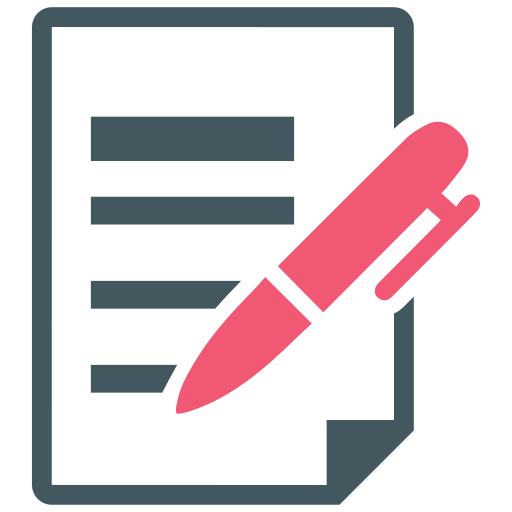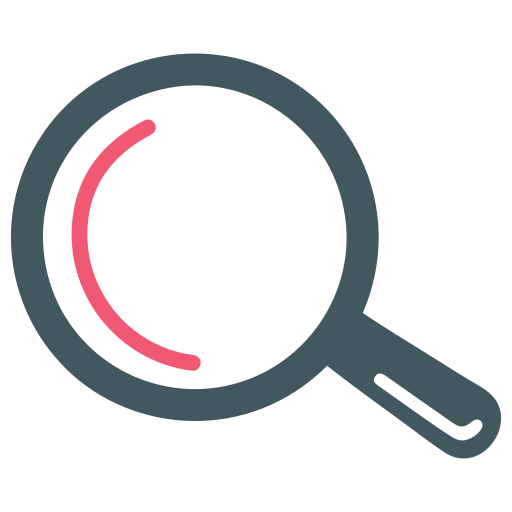
 Usage Tracking refers to the systematic monitoring and analysis of how users interact with a product or service. In the context of customer success management, it involves collecting data on user engagement, feature utilization, and overall behavior within a software or digital service. This data is crucial for understanding customer needs, improving product features, and ultimately driving customer satisfaction and retention.
Usage Tracking refers to the systematic monitoring and analysis of how users interact with a product or service. In the context of customer success management, it involves collecting data on user engagement, feature utilization, and overall behavior within a software or digital service. This data is crucial for understanding customer needs, improving product features, and ultimately driving customer satisfaction and retention.
Usage tracking helps answer critical questions such as:
By addressing these questions, organizations can tailor their customer success strategies to better meet user needs and solve potential problems before they escalate.
 Case Study: SaaS Company
Case Study: SaaS Company
A Software as a Service (SaaS) company implemented usage tracking to monitor how their clients used their project management tools. They discovered that while the task management feature was heavily used, the file sharing and collaboration tools were underutilized. By conducting further analysis, they realized that users found these features too complex. In response, the company simplified the user interface and provided additional training materials. Subsequent usage tracking showed increased use of these features, leading to higher overall customer satisfaction.
Example: E-commerce Platform
An e-commerce platform used usage tracking to analyze customer behavior during sales events. They tracked which products were most viewed and which promotions led to purchases. This data helped them optimize their inventory and marketing strategies for future events, significantly boosting sales and customer engagement.
 To effectively implement usage tracking in customer success management, consider the following best practices:
To effectively implement usage tracking in customer success management, consider the following best practices:
 For further reading and more in-depth understanding of usage tracking and its impact on customer success, consider the following resources:
For further reading and more in-depth understanding of usage tracking and its impact on customer success, consider the following resources:
By integrating these practices and resources, organizations can leverage usage tracking to significantly enhance their customer success outcomes.
Usage tracking refers to the process of monitoring and analyzing how customers interact with a product or service. In customer success management, this data helps teams understand user engagement levels, identify potential issues, and guide users towards more effective use of the product.
Usage tracking is crucial because it provides actionable insights that help customer success teams proactively address user needs, enhance customer satisfaction, and ultimately reduce churn. By understanding how customers use a product, teams can tailor their support and improve the overall customer experience.
Usage data can be collected through various methods including analytics tools embedded within the product, direct user feedback, and integration with other data management systems. These tools track metrics such as frequency of use, feature utilization, and user behavior patterns.
Yes, many companies provide options for users to opt out of usage tracking to respect privacy concerns. It is important for businesses to clearly communicate their data collection policies and ensure compliance with relevant privacy laws and regulations.
By analyzing usage data, product development teams can gain insights into how features are being used and identify areas for improvement or innovation. This feedback loop helps in prioritizing development efforts, enhancing product functionality, and better aligning with customer needs.